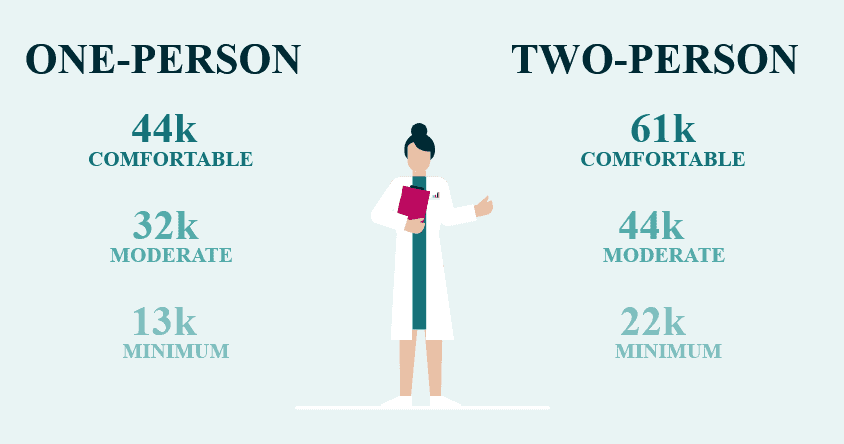Picture supply: Getty Pictures
After spending a lifetime at work, all of us hope to benefit from the relax and benefit from the fruits of our labours. However precisely how a lot passive earnings will we have to dwell comfortably? This will differ considerably from individual to individual.
What is evident, nevertheless, is that the quantity required for an excellent lifestyle in retirement is rising steadily over time. It signifies that making the suitable monetary selections when planning for later life is turning into more and more essential.
The excellent news is that buyers at this time have extra alternatives than ever earlier than to hit their retirement targets. Right here’s how I’m assured of reaching an expensive retirement.
The goal
As I discussed, the precise quantity an individual wants in later life will differ, relying on elements like their retirement targets, the place they dwell, and their relationship standing.
But it’s value contemplating what the Pensions and Lifetime Financial savings Affiliation (PLSA) says the typical particular person wants for a cushty retirement to get a tough ball park estimate.

Its newest analysis exhibits that the typical one-person family requires a £43,900 yearly earnings for a cushty life-style. This degree of earnings would supply for necessities and extras like a a wholesome finances for meals and garments, a substitute automobile each three years, and a two-week vacation within the Med and frequent journeys away annually.
The determine for a two-person family is £60,600.
A £38k+ earnings
There are numerous paths people can take to hit that objective. They’ll put money into property, develop a aspect hustle, or put cash in dividend- and capital gains-generating shares, for example.
I’ve personally chosen to prioritise investing in international shares to make a retirement earnings, with some cash additionally put apart in money accounts to handle threat. With an 80-20 cut up throughout these strains, I’m focusing on a mean annual return of at the least 9% on my share investments and 4% on my money over the interval.
Let me present you the way this works. With a month-to-month funding of £400 in shares and money, I might — if all the things goes to plan — have a £641,362 nest egg to retire on.
If I then invested this in 6%-yielding dividend shares, I’d have an annual passive earnings of £38,482. Added to the State Pension (at the moment at £11,975), I might simply obtain what I’ll have to retire in consolation.
Taking the US route
After all, investing in shares is riskier than placing all my cash in a easy financial savings account. Nevertheless, funds and trusts just like the iShares Core S&P 500 UCITS ETF (LSE:CSPX) can considerably scale back my threat whereas nonetheless letting me goal the robust long-term returns the US inventory market can present.
Bear in mind, although, that efficiency may very well be bumpy throughout broader share market downturns.
This exchange-traded fund (ETF) has holdings in all the companies listed on the S&P 500 index. In addition to offering me with glorious diversification by sector and area, it offers me publicity to world-class firms with market-leading positions and robust stability sheets (like Nvidia and Apple).
Since 2015, this iShares fund has offered a mean annual return of 12.5%. If this continues, an everyday funding right here might put me properly heading in the right direction for a wholesome passive earnings in retirement. It’s why I already maintain it in my portfolio.





